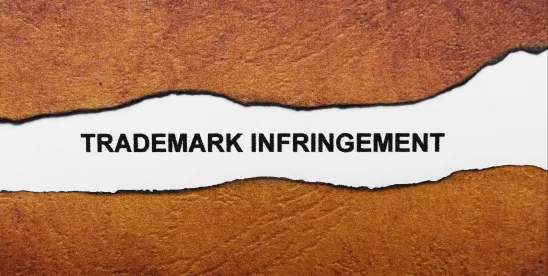In the ongoing trademark dispute between The Pennsylvania State University (Penn State) against online retailer Vintage Brand, LLC (Vintage), along with its manufacturer and distributor Sportswear Inc. d/b/a Prep Sportswear (Sportswear) and their owner Chad Hartvigson, Vintage recently filed a renewed motion seeking judgment as a matter of law or, in the alternative, a new trial. This motion follows a jury verdict in November 2024 finding Vintage liable for willful trademark infringement and awarding Penn State $28,000 in damages. After the trial, Penn State sought a permanent injunction against the defendants and attorneys’ fees and costs. At the end of June, the court granted Penn State’s motion for a permanent injunction but denied Penn State’s request for attorneys’ fees.
Background
Penn State initiated the lawsuit in 2021, alleging that Vintage Brand and its affiliates bypassed the university’s traditional licensing program by reproducing and selling merchandise featuring retro Penn State marks. Vintage argued that its use of these designs was ornamental, not source-identifying, and that consumers purchased such merchandise to show school spirit or for aesthetic reasons, not because of any perceived connection to Penn State as the source of the goods.
Following the jury’s verdict, Penn State moved for a permanent injunction to bar Vintage from further use of its trademarks. The court granted the injunction, finding that Penn State had established irreparable harm, that monetary damages were insufficient to remedy the ongoing risk to its reputation and goodwill, that the balance of hardship favored Penn State since Vintage used a print-on-demand model of production, and that an injunction would not disserve the public interest. The injunction was tailored to prohibit Vintage from using “the Penn State Word and Logo Trademarks, or any design that resembles those Trademarks, notwithstanding any differences in color, orientation, or other minor visual elements.” The court denied Penn State’s request for attorneys’ fees but approved the taxation of costs against Vintage. On July 9, 2025, Vintage responded by filing a motion for judgment as a matter of law, or, in the alternative, a new trial.
Key Issues Raised in Vintage’s Motion
The Defendants’ motion is grounded in several core arguments:
- Direct Liability of Sportswear Inc.
Vintage contends that Sportswear, as a behind-the-scenes manufacturer and shipper, should not be held directly liable for trademark infringement. Vintage distinguishes Sportswear’s conduct from cases where the manufacturer presents itself as the seller to consumers, arguing that Sportswear was invisible to the end customer and did not affix its own branding to the products. - Confusing and Inconsistent Verdict Form
The motion asserts that the verdict form presented to the jury was confusing and inconsistent with the university’s own litigation position. Vintage argues that the form failed to require the jury to analyze infringement on an image-by-image basis, which was critical given the variety of marks and uses at issue. Vintage claims this led to an unprincipled and potentially erroneous verdict. - Types of Consumer Confusion Considered
Vintage argues that the case should have been limited to point-of-sale confusion, as that was the only type of confusion tested by Penn State’s survey evidence. Vintage maintains that the jury was improperly invited to consider initial interest and post-sale confusion, despite a lack of supporting evidence or legal basis for those theories in this context. - Trademark Use and Aesthetic Functionality
The motion challenges whether Vintage’s use of the marks was truly source-identifying, as required under trademark law. Vintage points to testimony indicating that consumers purchase Penn State merchandise for reasons unrelated to source or quality, such as school pride or fashion. Vintage further argues that the university’s own witnesses established that the marks serve an aesthetic, rather than a source-identifying, function — supporting its aesthetic functionality defense. - Rights in Specific Marks and Legal Instructions
Vintage also challenges Penn State’s trademark rights in certain designs, such as the Pozniak Lion, arguing that the university’s use was too limited to establish trademark rights. Additionally, Vintage asserts that the jury instructions regarding the university seal misstated the law.
Conclusion
Vintage requests that the court either enter judgment in its favor or grant a new trial, citing insufficient evidence to support the verdict, errors in the jury instructions and verdict form, and the improper consideration of confusion theories not supported by the record. The motion underscores ongoing legal debates over the role of ornamentality, aesthetic functionality, and the proper scope of trademark protection in the context of collegiate merchandise.




 />i
/>i

